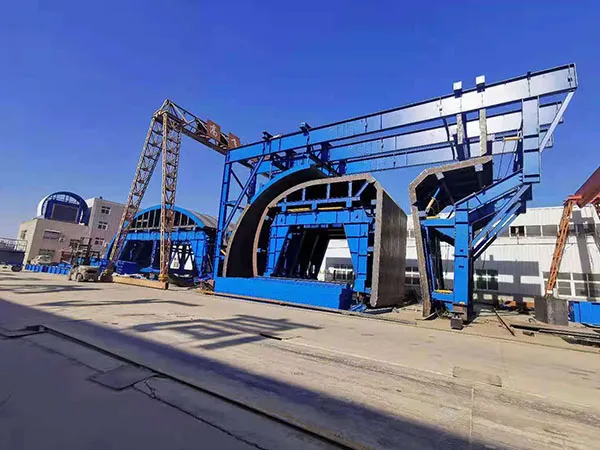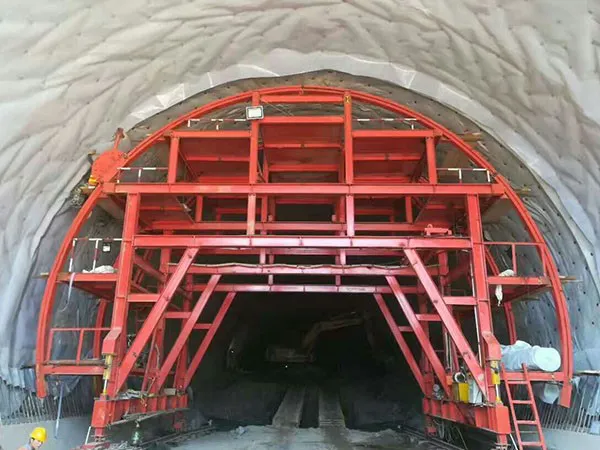En el panorama industrial ferozmente competitivo actual, ya sea en fundición de precisión, refinación de metales preciosos, o materiales avanzados R&re, La búsqueda de la máxima eficiencia y una calidad excepcional del producto sigue siendo el objetivo principal.. Cuando se trata de fundición de metales, La selección de un recipiente fusor de alto rendimiento es sin duda clave para lograr estos objetivos.. En este contexto, alta temperatura crisoles de grafito Se han convertido en la solución central que impulsa el avance de la tecnología de fundición industrial y aumenta significativamente la productividad., gracias a su incomparable desempeño integral.
Crisoles de grafito: ¿Por qué son la fuerza central en la tecnología de fusión??

Grafito, esta forma alotrópica única de carbono, dota a los crisoles de grafito de una serie de características excepcionales e irremplazables, permitiéndoles funcionar excepcionalmente bien en entornos de fusión hostiles:
Máxima resistencia a altas temperaturas y estabilidad estructural:
Incluso en ambientes que se derriten y alcanzan miles de grados Celsius, Los crisoles de grafito mantienen una integridad estructural excepcional., Manejar sin esfuerzo los desafíos de fusión de varios metales, incluidos los aceros especiales., aleaciones de cobre, aleaciones de aluminio, y metales preciosos raros. Esto se traduce en una mayor vida útil y una reducción del tiempo de inactividad causado por fallas en el equipo..
Conductividad térmica excepcional: Acelerar los procesos de fusión
El grafito posee inherentemente una excelente conductividad térmica.. Esto permite que el calor se transfiera uniformemente a velocidades notables a los materiales metálicos dentro del crisol., acortando significativamente los ciclos de fusión. Como consecuencia, La eficiencia general de la producción mejora notablemente., ahorrando tiempo y energía valiosos para las empresas.
Excelente estabilidad al choque térmico: Resiste fluctuaciones extremas de temperatura
Durante ciclos de calentamiento rápido y enfriamiento repentino, Los crisoles de grafito demuestran una excepcional resistencia al choque térmico.. Soportan el impacto de cambios extremos de temperatura sin agrietarse ni deformarse., extender sustancialmente la vida útil del equipo y reducir efectivamente los costos operativos a largo plazo para las empresas.
Inercia química excepcional: Garantizar la pureza del producto
Con reactividad mínima hacia la mayoría de los metales fundidos y escorias corrosivas., Los crisoles de grafito minimizan la contaminación por impurezas.. Esto garantiza una mayor pureza en el metal fundido., crucial para producir alta calidad, productos finales de alto rendimiento.
…
Para información más detallada sobre la aplicación de crisoles de grafito en la fundición de metales, por favor haga clic para visitar:https://www.czgraphite.com/a/news/applications-of-graphite-crucibles-in-precision-metals.html









